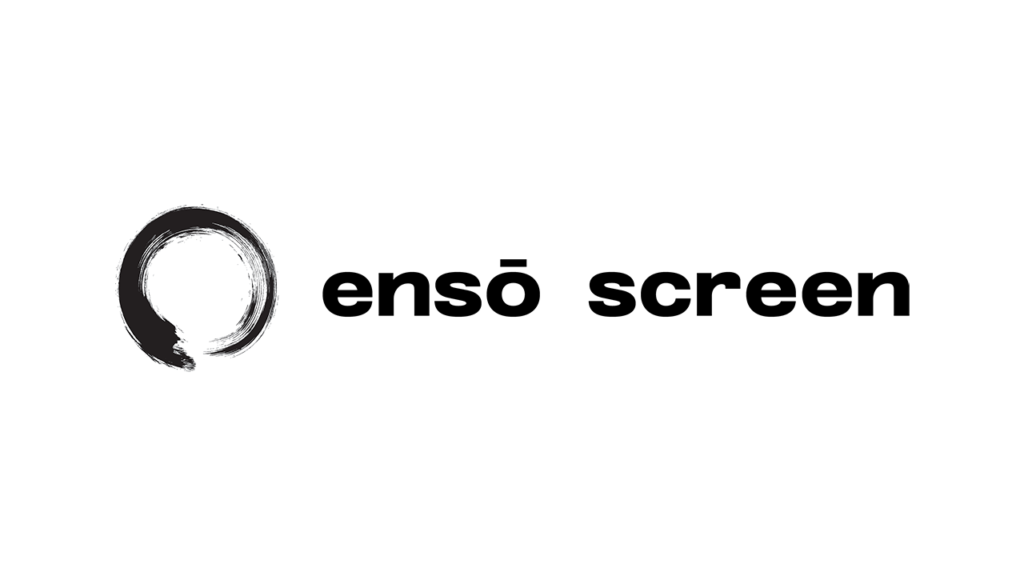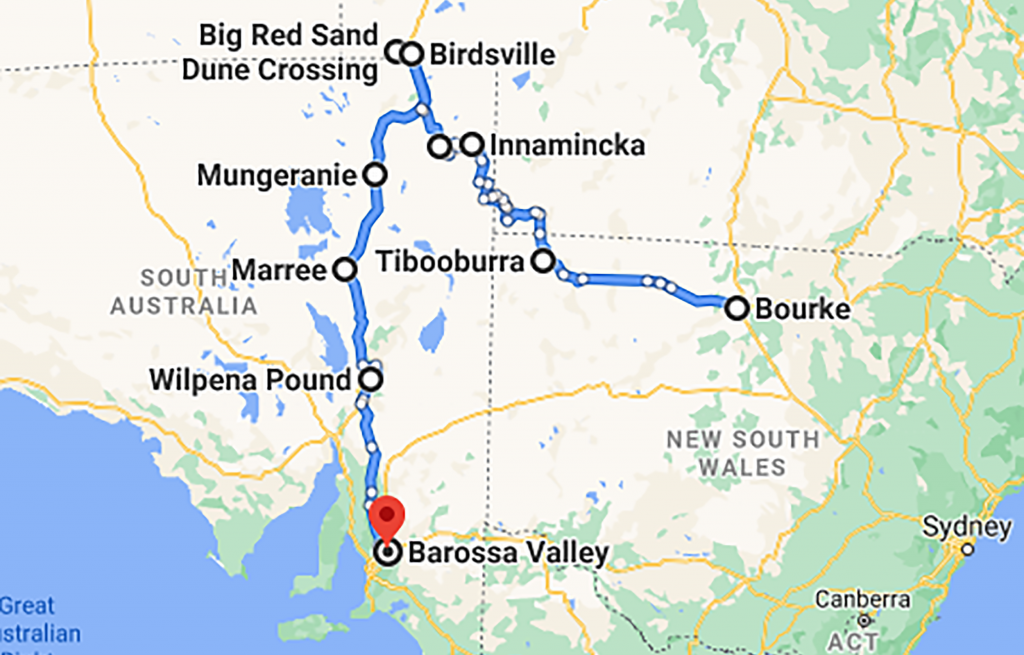The year just concluding was a year of transitions.
A gradual recovery following the global impact of Covid; the resolution of a screen industry strike over the application of AI; the demise of banknotes; the professional delivery of advanced solutions; a pivot back to focusing on screen production, and the birth of a brand.
In the Covid years, a general market retraction significantly diminished demand for marketing communications as many companies entered 'voluntary hibernation'.
Emerging from this hiatus, many companies were forced to rethink business models and consider more efficient methods of production, distribution, and monetisation. Automation of all processes (including customer-facing communications) were scrutinised and implemented to reduce cost and transaction time, or transformed to recurrent income subscription models and premium offerings, in order to not just increase profit margins, but in some cases, simply remain economically viable!
An accelerating dependence on electronic solutions (expressed in the Digital Tsunami brandline 'Communications Evolution'), included rapid deployment of Artificial Intelligence, prompting a strike by Hollywood writers and performers, concerned by potential exploitation of their work and likenesses.
Digital currency transactions around the globe attained a new milestone in March, as Sweden fundamentally eliminated cash transactions. In 2012, six major Swedish banks jointly launched the electronic payment app Swish, now utilized extensively throughout the nation. The country which introduced the first banknotes in Europe in 1661, and the first ATM in Europe in 1967, now almost entirely conducts payments electronically, with fewer than 6% of transactions in cash.

National instability within Europe and the Middle East stimulated growth for personal protection and ballistic products, which resulted in Australian defence contractor XTEK adopting the name of the American ballistic manufacturer which it had previously acquired, and rebranding as HighCom.
Digital Tsunami registered new domain names, shot video and photography in Canberra and developed a web presence for HighCom.group.

Early in the year, Andrew W Morse was invited to join the producing team on an Australian crime drama feature film. The invitation (from a colleague on projects of the 80's and 90's), re-invigorated a long career which had been subsumed by a quarter century of delivering digital solutions to global and multinational brands.
As a result, Andrew began exploring and initiating his own screen projects, negotiating options for books and screenplays and engaging researchers on stories of extraordinary events.
This culminated in the creation of the Ensō Screen brand as a platform for production of high quality television series and feature films. The ensō is a Japanese Zen symbol of the wholistic nature of our world and the pursuit of perfection.

Key projects in development are listed on the Ensō Screen web presence, and will be promoted at the Screen Forever conference and market in March.
The advances made over 2023 will expand in 2024, as Ensō Screen embarks on international co-productions of high production value screen series.
In 2024 may you experience a safe, healthy, happy, and creatively satisfying year.
_____________________________________________________















 Latest technologies are in use by some of our clients; like the intensely high-pressure waterjet cutter (which cuts steel) and the non-invasive robotic x-ray equipment, recently purchased by
Latest technologies are in use by some of our clients; like the intensely high-pressure waterjet cutter (which cuts steel) and the non-invasive robotic x-ray equipment, recently purchased by 

